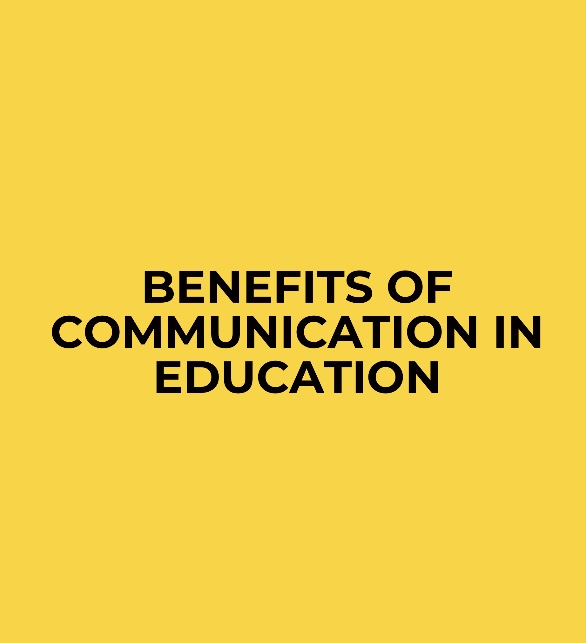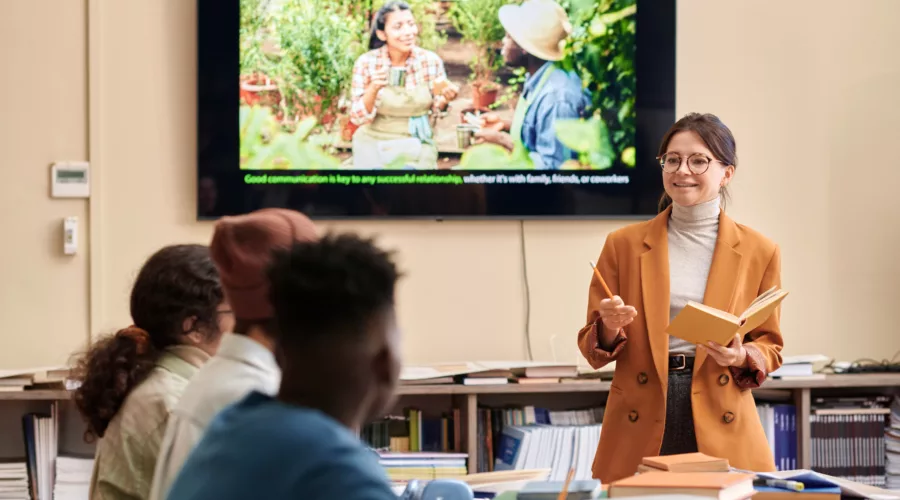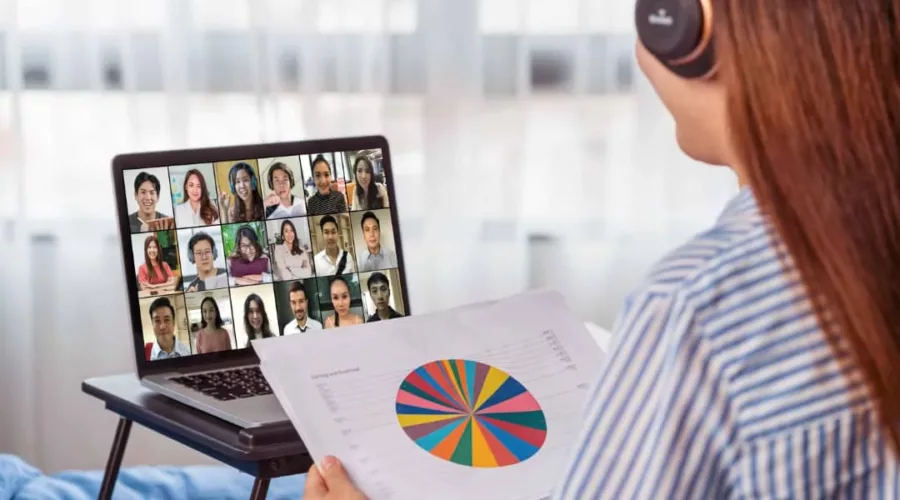Benefits of communication in education; Communication is simply the act of transferring information from one place, person or group to another.
Every communication involves (at least) one sender, a message and a recipient. This may sound simple, but communication is actually a very complex subject.
The transmission of the message from sender to recipient can be affected by a huge range of things. These include our emotions, the cultural situation, the medium used to communicate, and even our location. The complexity is why good communication skills are considered so desirable by employers around the world: accurate, effective and unambiguous communication is actually extremely hard.
As this definition makes clear, communication is more than simply the transmission of information. The term requires an element of success in transmitting or imparting a message, whether information, ideas, or emotions.
A communication therefore has three parts: the sender, the message, and the recipient.
The sender ‘encodes’ the message, usually in a mixture of words and non-verbal communication. It is transmitted in some way (for example, in speech or writing), and the recipient ‘decodes’ it.
Of course, there may be more than one recipient, and the complexity of communication means that each one may receive a slightly different message. Two people may read very different things into the choice of words and/or body language. It is also possible that neither of them will have quite the same understanding as the sender.
In face-to-face communication, the roles of the sender and recipient are not distinct. The two roles will pass back and forwards between two people talking. Both parties communicate with each other, even if in very subtle ways such as through eye-contact (or lack of) and general body language.
Here are some of the benefits of communication in education;
1. It makes learning easier:
Since Education cannot take place without the teachers and students communicating with one another communication gives room for mutual respect between them where students can communicate directly their teachers without any confusion or misinterpretation which makes learning easier for both the teachers and students.
2. It improves the students self expression:
A good teacher is able to communicate with the students in such a way that the students will be able to express themselves without the fear of been ridiculed this is where communication allows students to actively participate and engage with both their teachers and fellow peers which improves their interactive skills and means of self expression.
3. It boosts mental health:
Talking in itself is a form of therapy and
The ability of both the students and teachers to be able to express themselves and communicate their feelings and emotions helps to boosts their mental health and reduces their chances of suffering from depression.
Are you a school owner and you need a web solution to digitize your school work click here to signup for free.
Author: Semira Ayeni.




